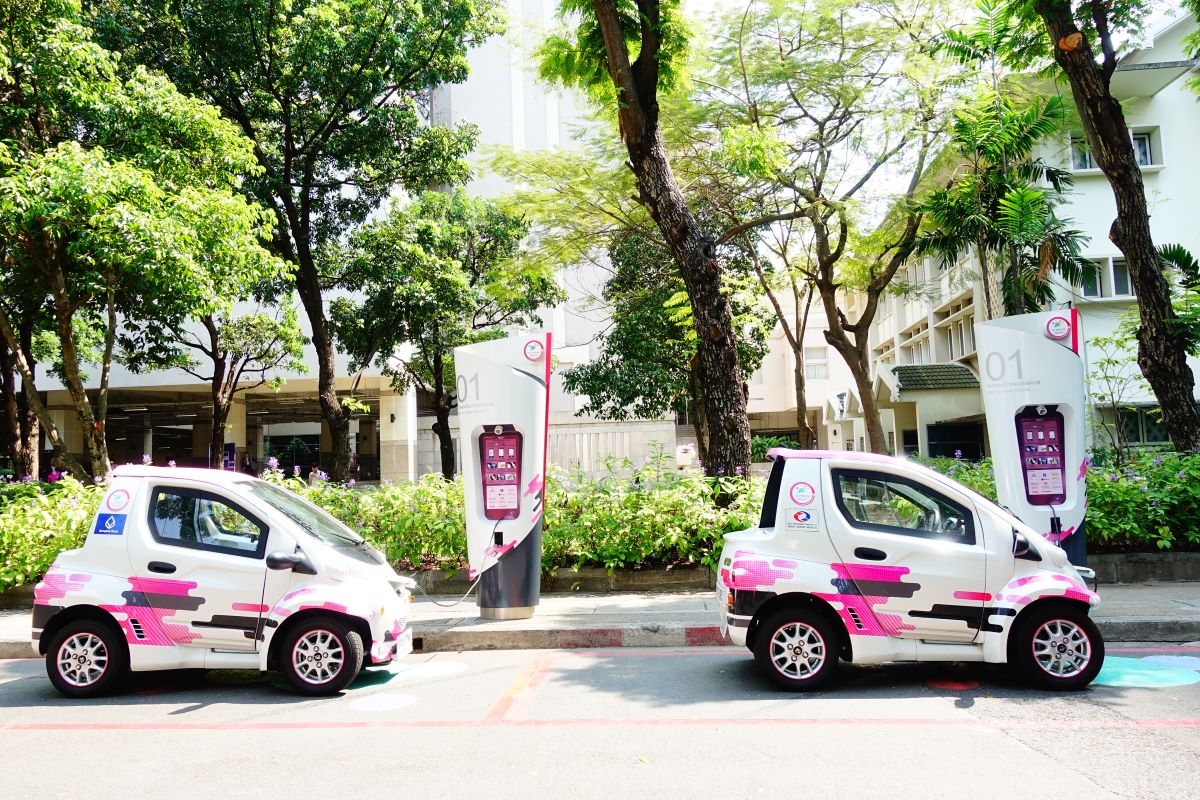In recent years, electric vehicles (EVs) have become a buzzword and a runaway trend among automakers. However, when compared with the US and Europe, Southeast Asia’s EV market is largely untapped.
Nevertheless, major players in the automotive industry are currently recognising the prospects that Southeast Asia holds as a hub for electric vehicle manufacturing. One recent example is Toyota Motor. The Japanese car maker has increased investment in the Philippines by 4.4 bn pesos ($78.2 mn) to manufacture two new affordable EV models, especially for emerging markets.
This investment will be a part of Toyota’s Innovative International Multi-Purpose Vehicle project. Toyota Chairman Akio Toyoda believes in the enormous growth prospects of the region’s EV industry, from a business as well as a technology perspective.
Looking forward, Mordor Intelligence predicts the ASEAN electric vehicle market to grow at a CAGR of 32.7% to $3.54 bn by 2028. This growth is likely to be fuelled by emerging countries like India and Indonesia, according to experts.
The EV landscape in Southeast Asia
Numerous EV manufacturers have emerged in Southeast Asia, with a particular focus on battery production. With its vast nickel deposits, Indonesia is a key EV battery manufacturing hub in the region. On the other hand, the Philippines holds 5% and 4% of global nickel and cobalt reserves, respectively. Both these metals are vital for manufacturing EV batteries.
Meanwhile, a study by Counterpoint revealed that Thailand accounted for 79% of the region’s EV sales in the first quarter of 2023. “Thailand’s government-led efforts to promote EV sales have yielded positive outcomes, while Indonesia and Vietnam are also performing well in the region. However, Malaysia, Philippines and Myanmar require additional regulatory support and encouragement to foster EV growth”, said Counterpoint Research Analyst Abhilash Gupta.
In February 2022, the Thailand government announced slashing excise taxes on imported EVs to 2% from 8% and lowering import duties by 20% to 40% for completely built EVs. Counterpoint predicts that by 2030, Thailand plans to convert nearly 30% of 2.5 million vehicles (annually produced) into EVs.
A major difference with regard to the vehicle market in Southeast Asia compared with the industrialized countries is that two-wheelers dominate in the region. According to Statista, the Southeast Asian motorcycle market amounted to 10.6 million units in 2022. However, e-motorcycles account for less than 1% of the market in 2022.
This shows the potential. Japan’s Yano Research Institute forecasts that electric two-wheelers will account for 27% of two-wheelers sold worldwide by 2030, and 36% by 2035, up from 13% currently (2022).
Reasons behind EV expansion in Southeast Asia
A significant driver accelerating the rapid growth of the EV market in Southeast Asia is the region’s strong commitment to reducing fuel emissions and improving road safety. Additionally, pivotal to this momentum of EV adoption is governmental regulatory support and early investments in the sector.
Thailand has taken steps beyond offering production subsidies, including reducing income tax rates from 35% to 17% to attract skilled professionals in this sector. Meanwhile, Malaysia provides road tax exemptions for EV owners. The Philippines, through its Electric Vehicle Industry Development Act, offers income tax exemptions for EV manufacturers for a designated period.
“With rising inflation and commodity prices threatening the region’s political and economic stability, Southeast Asian countries should be spurred to take steps towards improving their energy security. EVs can help lead the way,” said Danielle Fallin, Program Coordinator and Research Assistant for the Southeast Asia Program at the Center for Strategic and International Studies (CSIS).
Challenges in the region’s EV market
One of the major challenges to EV industry growth in Southeast Asia is the dearth of charging infrastructure. According to a McKinsey study, ASEAN markets will need an estimated total of 95,000 public alternating current (AC) and 40,000 direct current (DC) charging points to support the projected number of registered e-vehicles by 2030. This is 30 times more than the current number. “This number could be significantly higher should national ambitions reflect more aggressive mature-market targets of 45% or more EV parc penetration,” as per the study.
Furthermore, four-wheeler EVs are still seen as luxury items in Southeast Asian countries. However, buyers turn to electric two-wheelers which are more cost efficient. McKinsey predicts that electric two-wheelers will become a predominant mode of transport in the region and sees an electrification rate of two-wheelers at around 36% in India and ASEAN by 2030, compared with less than 1% today.


 Australia
Australia China
China India
India Indonesia
Indonesia Japan
Japan Malaysia
Malaysia Philippines
Philippines Singapore
Singapore South Korea
South Korea Taiwan
Taiwan Thailand
Thailand Vietnam
Vietnam







